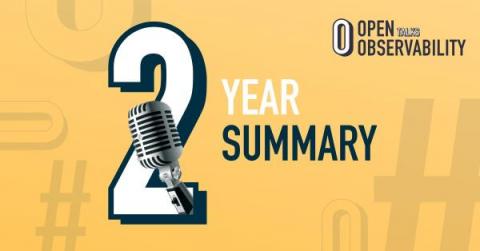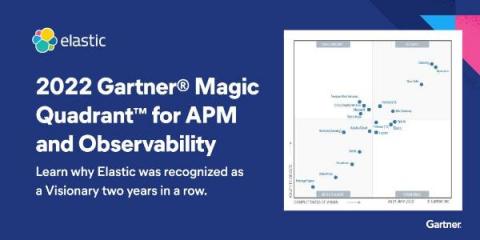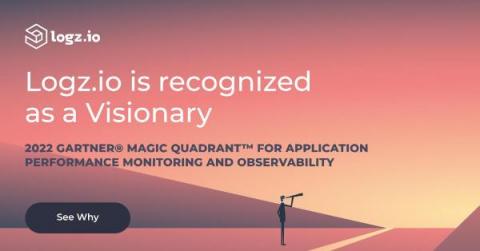Operations | Monitoring | ITSM | DevOps | Cloud
Latest News
How To: Roll Your Own Cribl Pack
Cribl Packs are, in my opinion, our most exciting feature. Packs encapsulate the deep log processing capabilities and enable sharing of the best practices with customers, Worker Groups/Fleets, and the Community. Ease of sharing enables consistent configurations across distributed deployments of Cribl Stream or Cribl Edge. All users can leverage Packs–and should! If you collect Microsoft Windows Logs, use Palo Alto Networks or share logs via Syslog, Packs are for you.
How to monitor Elasticsearch with OpenTelemetry
GrafanaCONline 2022 Day 1 recap: Grafana 9 release, Grafana OnCall open source, Grafana and Grafana Loki in space, and more!
GrafanaCONline 2022 is off to a great start with exciting news from around the Grafana-verse and a jam-packed day filled with dashboards showcasing how Grafana is used in space, in industrial IoT, at live events, and even in an effort to prevent food waste.
Developing a pipeline-builds logging system with CircleCI webhooks and Airtable Automations
Ever since CircleCI introduced webhooks, I have been excited about the possibilities this new way of integration opens up to developers. I decided to try out one of the use cases described in the webhooks documentation. This use case involves transmitting information about build-pipeline workflows into an Airtable database. The data piped into Airtable forms a log for you to monitor your workflows and you can go as far as designing graphs and other visualizations to analyze the build data.
OpenObservability Talks Second Year at a Glance
I can’t believe that OpenObservability Talks podcast is already celebrating its second anniversary. It feels like just yesterday I wrote the summary of the summary of the first year, sharing the hectic times of starting a podcast in the midst of the COVID-19 global pandemic. The pandemic has been with us most of this year too, but it didn’t stop us from bringing the latest on the best of breed open source observability.
Elastic recognized as a Visionary in the 2022 Gartner Magic Quadrant for APM and Observability for the second consecutive year
We are excited to announce that Elastic has been recognized as a Visionary in the 2022 Gartner Magic Quadrant for APM and Observability for the second year in a row. In addition, the Elastic solution scored among the Top 3 vendors in five out of six use cases in the 2022 Gartner Critical Capabilities for APM and Observability.
Key Takeaways - Logz.io Named a Visionary in 2022 Gartner Magic Quadrant for Application Performance Monitoring and Observability
I’m thrilled to announce today that Logz.io has been named a Visionary in the 2022 Gartner® Magic Quadrant™ for Application Performance Monitoring and Observability. Gaining this recognition from these leading industry experts, in my opinion, is an outstanding accomplishment for our entire organization – the product of years of hard work and putting the needs of our 1,300-plus customers first.
Enable Operational Analytics with Cribl Stream and Snowflake
Every enterprise collects and stores massive amounts of security and observability data but struggles to get value outside of operations and security teams. These datasets can offer enormous value to business operations and enterprise reporting teams if they have access to the data in their toolsets. BizOps needs to optimize batch planning and the enterprise reporting teams need to reconcile how many assets the enterprise owns versus the number it has under support contracts.
AIOps No Bullsh...Just IT
The IT Operations space has a ton of recent advancements, and arguably the most elusive Observability unicorn for many organizations has got to be "AIOps," perhaps with "proactive monitoring" coming in as a close second place. You may be thinking.











